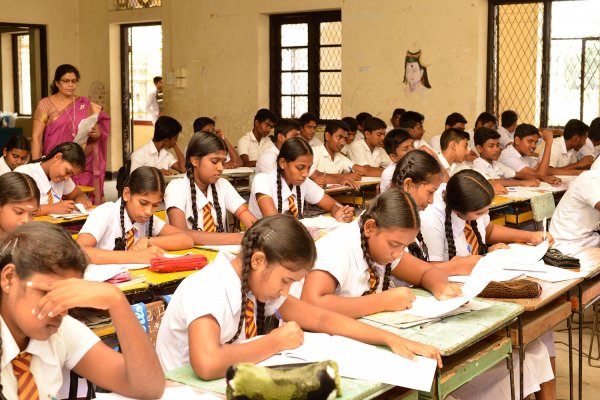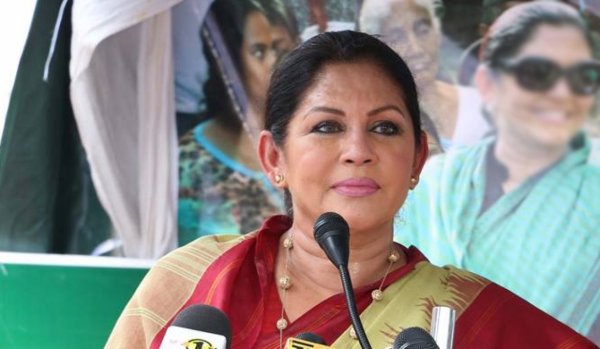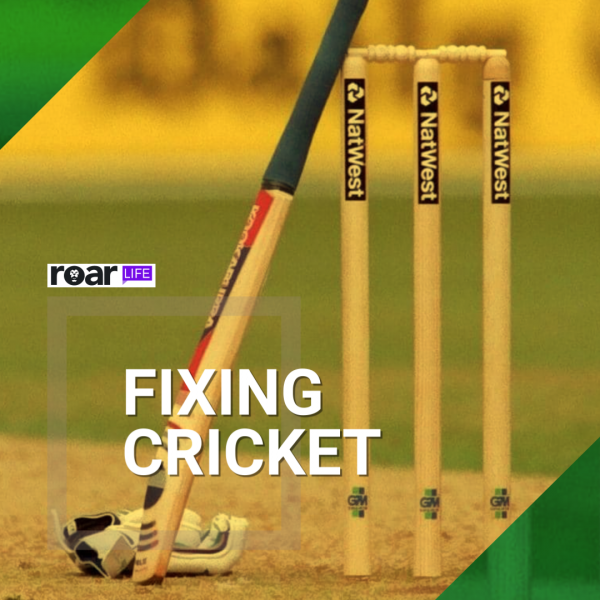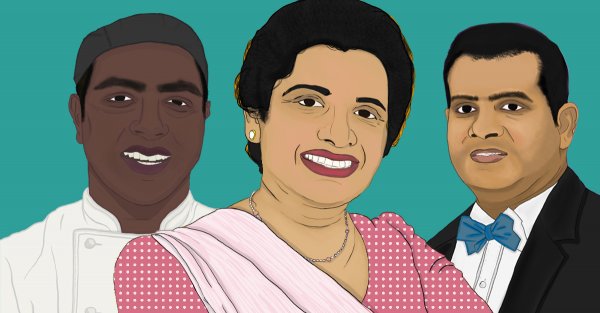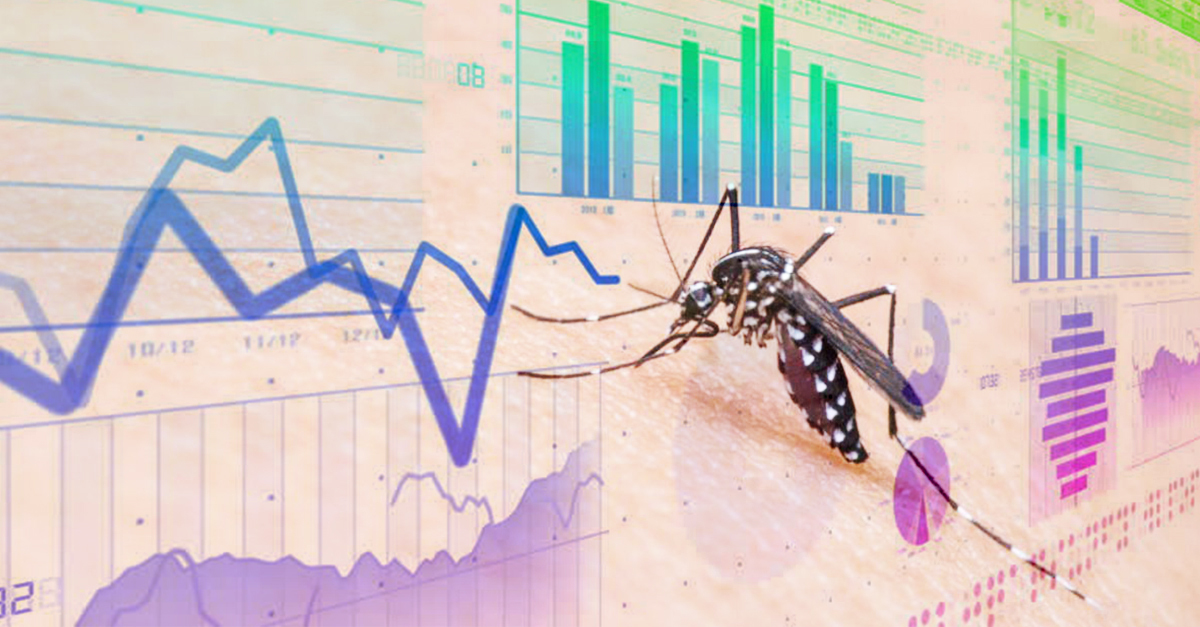
As Sri Lanka continues to grapple with the COVID-19 pandemic that has overshadowed 2020, the recurring threat of dengue is still very prevalent. This mosquito-borne disease, which was first detected in Sri Lanka in the 1960s, continues to be a major public health issue—with high morbidity, high mortality and no approved vaccination in the country, it has and continues to be difficult to eradicate.
In May this year, health officials warned of a possible surge in cases with the onset of the south-west monsoon. With resources, energy, and attention focused on COVID-19, negligence about a virus that can breed in your backyard was highly likely. And as experts confirm, dengue numbers continue to be reported against the backdrop of COVID-19.
Double Trouble
The novel coronavirus, COVID-19 caused consternation as it began to spread across the world: here was an airborne, unseen, untested and unfamiliar virus, to which there was no known solution. A vaccination for COVID-19 is yet to be developed, and cases and deaths continue, now more than six months after the virus was first detected in China.
Sri Lanka, which has been lauded for successfully managing the virus, responded quickly by appointing a national action committee and screening inbound passengers at airports and ports after the first patient was detected in January. It was only in March that the second case was discovered, giving way to over 2, 000 cases as of the end of June 2020.
But while the nation’s attention was focused on the ‘unseen’ enemy, a more familiar threat continued alongside. By the end of June, there were 22, 469 dengue cases recorded—over ten times more than the number of COVID-19 cases— and 26 deaths compared to the 11 attributed to the novel coronavirus.

Distribution Of Dengue
More than half these—11,595 cases—were recorded in January, Dr Onali Rajapakshe, Acting Consultant and Community Physician of the National Dengue Control Unit, told Roar Media.
“There are certain factors that affect the spread of dengue, such as rainfall, temperature, and humidity,” Dr Rajapakshe said, explaining that the surge of cases in January was due to heavy rain in the latter part of last year, and the early part of this year. Dengue cases usually peak between June-August and at the end of the year, corresponding with the heavy rainfall brought in by the south-west and north-east monsoons.
There were some marked differences noted this year, however, Dr Rajapakshe said, explaining, “so far the total number of cases is just over 22,000. If you look at the other years for the same duration of time, this year is better.”
Dengue cases over each year between 2016-2020. Although the year began with a large number of dengue cases in January, the cases for the rest of the year were relatively low.
She said it was possible the curfew imposed as a result of COVID-19 may have helped mitigate the spread of the dengue: “People were restricted to their homes, and had time to clean up. Also, restricted travelling played a big part,” she said.
Urbanisation is also, typically, a major contributor to dengue: “Usually, when we see an increased number of patients in Colombo, we see an increase in other areas also. This is because temporary workers who come from other areas then travel back home,” Dr Rajapakshe pointed out. But the months-long COVID-19 curfew acted as a deterrent to that.
While dengue cases are distributed across the island, Colombo has reported the most with 3,105 confirmed cases (at the time of writing). This is a trend that has been observed over the past ten years, Dr Rajapakshe said.
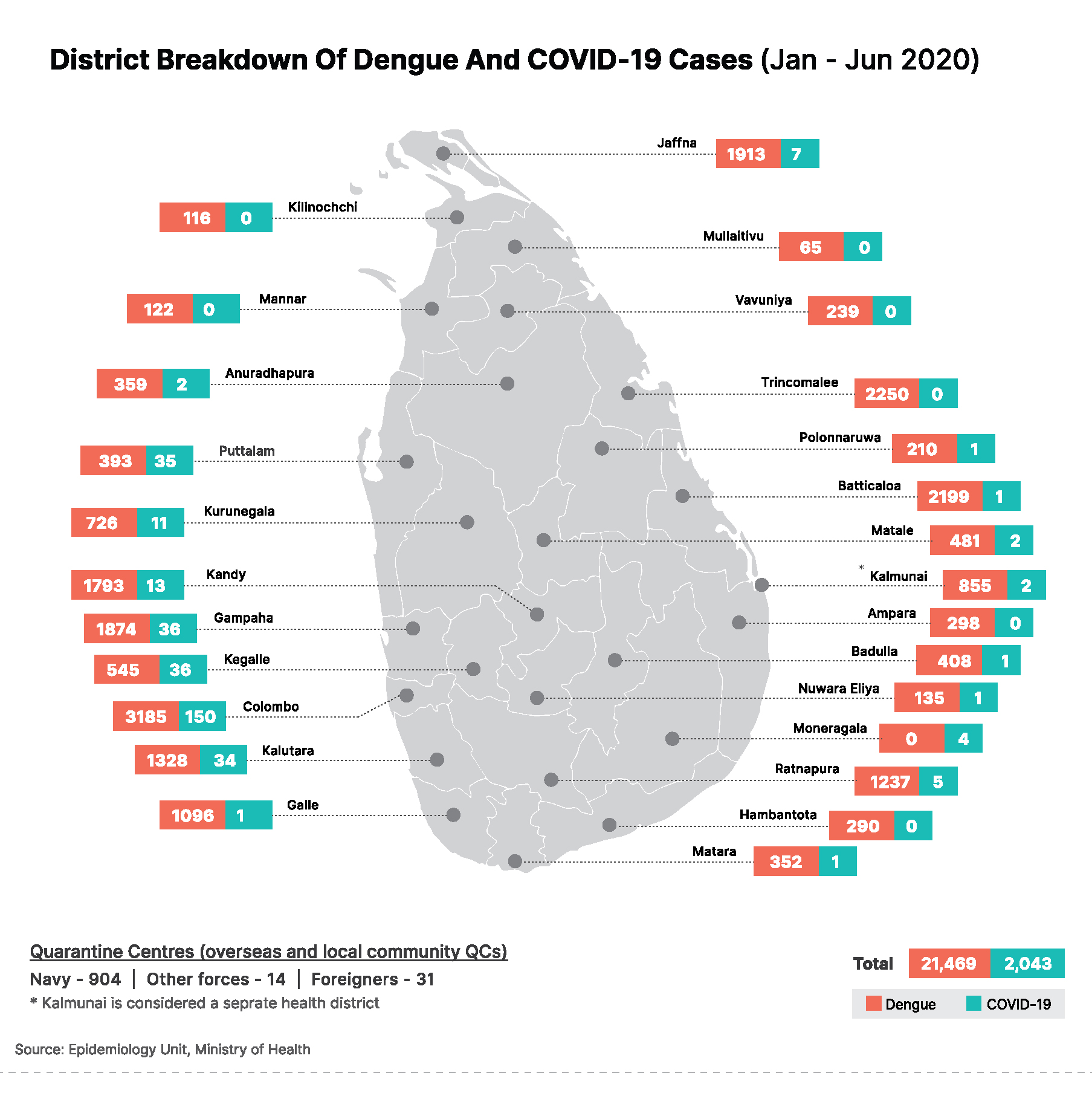
Dealing With Dengue
“The risk [of dengue] is based on several factors such as population density, mosquito distribution, presence of potential breeding sites etc., and there is a higher risk in urban areas,” Dr Rajapakshe said.
The viral infection is transmitted through the bite of an infected Aedes aegypti or Aedes albopictus mosquito which usually bites two hours after sunrise and before sunset. While there is no human-to-human transmission, there is instead a human-to-mosquito-to-human transmission cycle, where an infected patient can infect an uninfected mosquito.
With mosquito life-cycles related to clearwater, she further emphasised the need to remove water collecting items and eradicate breeding grounds found in construction sites—an industry that is largely contributing to rising cases.
Dr Rajapakshe said that having acknowledged the difficulty with removing water from such large sites, the Registrar of Pesticides had granted approval to use licensed pesticides. She confirmed that the National Dengue Control Unit has and continues to work with this industry, on awareness and communication of appropriate control measures.
Most recently, the Unit, during their recent eradication programmes detected 22 percent of construction sites across the country as dengue breeding grounds and subsequently took legal action against these sites.
Dengue: A Continuing Pest
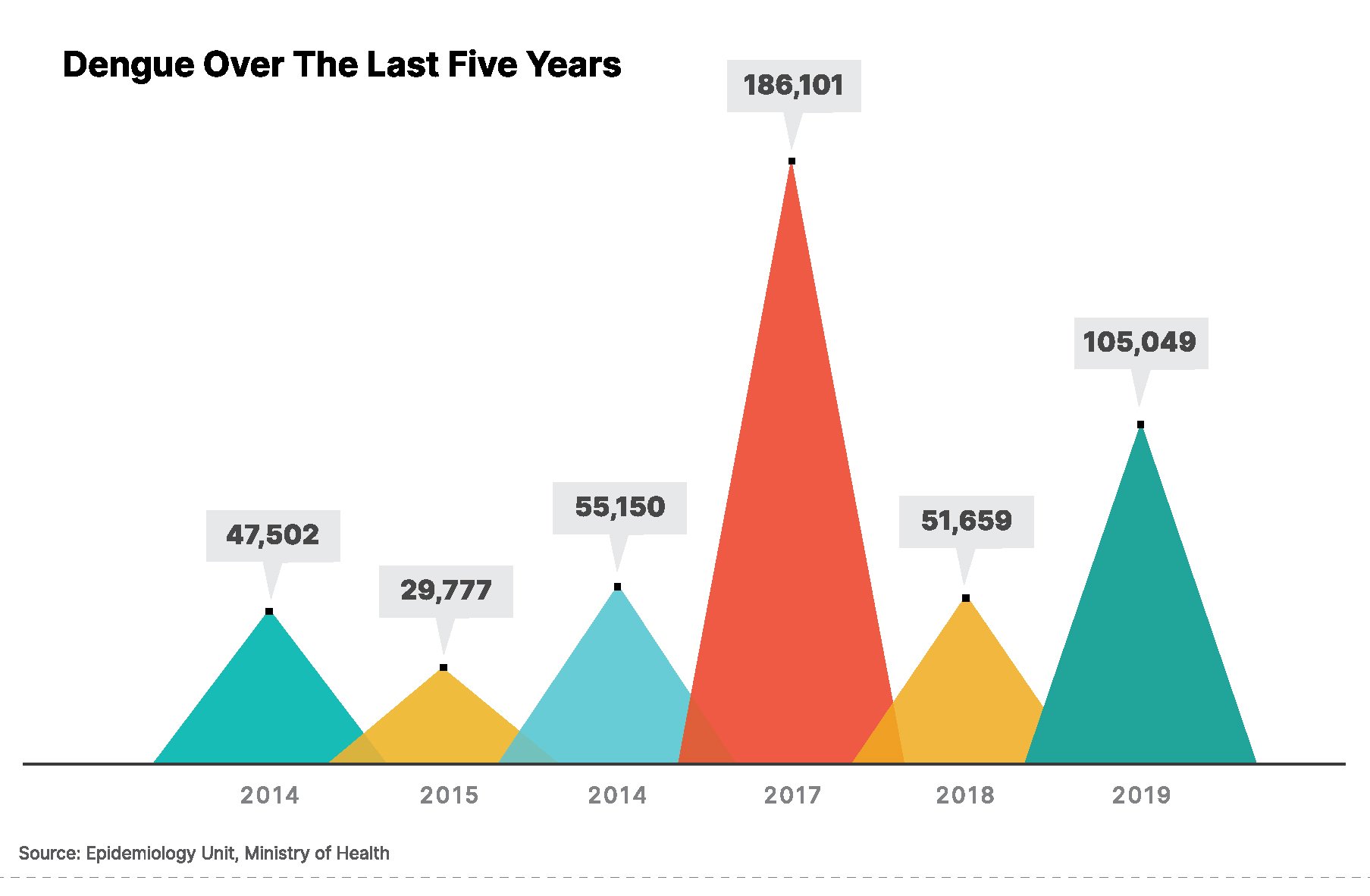
Over the years, the country has experienced a consistent trend of dengue cases, withDr Rajapakshe adding that usually, 30% of the cases were school and pre-school children.
Although a dengue vaccine ‘Dengvaxia’ has been put forward globally, with mixed results, it has not been approved by Sri Lankan authorities. As a result, the main focus is on prevention, by limiting opportunities for mosquitoes to breed and taking measures to avoid being bitten.
“The main challenge is getting the public to act on this,” Dr Rajapakshe said. “We have to clean and keep our environment free of breeding grounds. This does not mean only in our houses, but also institutions, construction sites, religious places, public places.”
The Unit has continued to undertake its prevention and control efforts and currently monitors the ‘DengueFreeChildApp’, developed in collaboration with several stakeholders. Through this app teachers and parents can report a confirmed or suspected case of dengue, so that necessary action can be taken and infection-prone areas identified.
The Unit is also working with the World Mosquito Program on the ‘Wolbachia Project’ which uses the ‘Wolbachia bacteria’ to inhibit the spread of dengue among mosquitos, and is being trialled in certain areas in Sri Lanka. This method, first implemented in Australia—where no transmissions have been recorded in eight years—has been set up in 12 other countries.
“But we need help from the public as we cannot solve this issue by ourselves,” Dr Rajapakshe said. She highlighted the need to remove breeding places and maintain efficient waste disposal. With regards to children she said that precautions must be taken when allowing children to play outside, applying repellents or covering their bodies to minimise mosquito bites.
“Also, during the lockdown people were at home and regular clean-ups at institutions and other places would not have been taking place. It is important when going back, especially schools, to undertake clean-up programmes before the students return,” she said.
While there is no significant spike in dengue cases this year, it bears reminding this deadly virus exists and must be battled alongside COVID-19.
Efficient and accurate diagnosis of dengue is of primary importance, and early detection is key. But Dr Rajapakshe said that as fever is a symptom common to both dengue and COVID-19, it was possible that some may have been reluctant to seek healthcare during the curfew. There was also the fear that one may contract COVID-19 during a visit to the hospital—however, she said, appropriate precautionary measures have been adopted in hospitals so there was no need for the public to be afraid of seeking treatment.
With the current monsoon and the usual trend of dengue numbers rising during July and August, it is possible that the cases will rise during the upcoming months. But, Chief Epidemiologist Dr Sudath Samaraweera told Roar Media, “just because there is one disease, does not mean we will not focus on the others. We will work parallelly to address all of the problems.”
Note –
A clinical-dengue like illness has been recorded in Sri Lanka from the early 20th century, but was serologically confirmed in 1962.
All data was collected and updated as at 14 June 2020.



